Hidden Ginger
These large growing plants with beautiful flowers are great ginger plants for people who are inexperienced with growing ginger. Hidden ginger plants are very easy plants to grow, and they make a bold statement in the garden with their broad leaves and beautiful torch shaped flowers.
Like many of the gingers available here, these go through an obligate period of dormancy. While growing, they get quite large, but in the Winter time they can be dug up and stored in a paper grocery bag. In zone 8 or higher, they can safely be left outside all year long. For most of the plants that I feature on this site, I try to have a rule of thumb for growing them. There isn’t really any trick to growing this ginger. They prefer shade, and well draining soil rich in organic matter.
Why are they called “hidden” ginger?
The reason they are called hidden ginger, is that the inflorescence emerges just before the foliage does in the spring. Shortly after the flowers open, the foliage grows over the flowers hiding them.
Origin: Myanmar, Thailand and Vietnam.
Family
Zingiberaceae.
Binomial nomenclature
Curcuma elata
Common names
Hidden ginger, giant plume ginger.
Description
A seasonally dormant, rhizomatous plant growing up to 8 feet tall. The leaves are broadly ovate to elliptic, up to two feet long, light green with darker veins, and a dark red mid vein. The inflorescence is up to two feet tall with purple/pink upper bracts and green lower bracts, and emerges in Spring before the foliage. The flowers are bright yellow.
Height
4′-8′.
Temperature/Zone
Zone 8a, 32°F. This plant is very tough, and the rhizome will survive a hard freeze, as long as the rhizome itself doesn’t freeze.
Light
Bright shade. In full sun, the leaves will have burned edges.
Water
Keep them evenly moist while they are growing.
Fertilizer
I use a balanced fertilizer while they are growing. Make sure to provide an adequate amount of phosphorus. Do not fertilize in the Winter.
Cultivation
Curcuma elata is a very easy ginger to grow. It prefers rich, well drained soil.
Pests
I have not found any pests to be a problem for this plant in Florida.

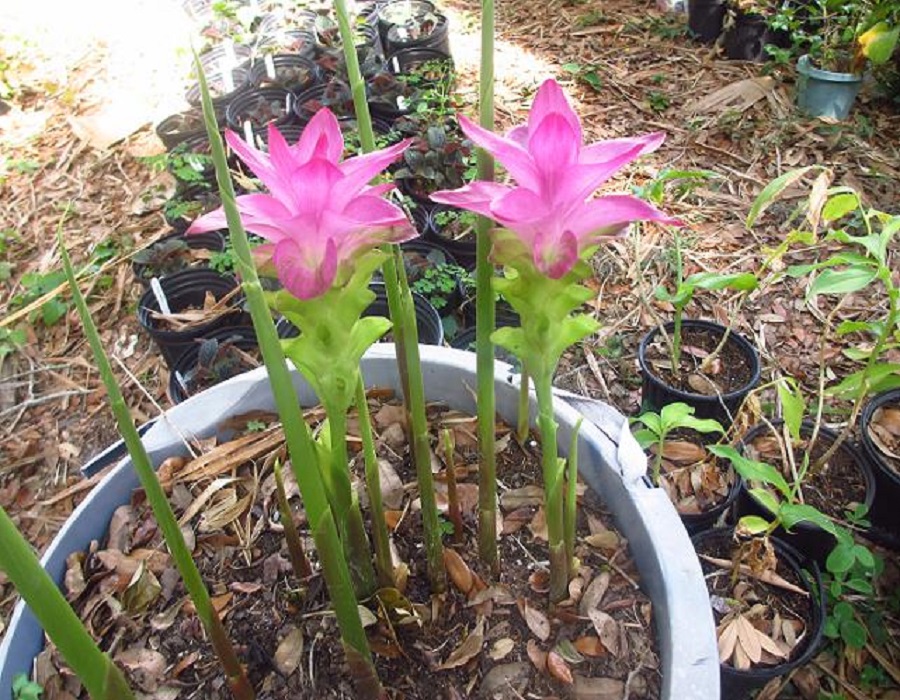
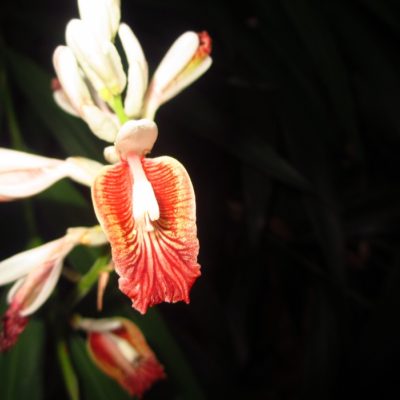
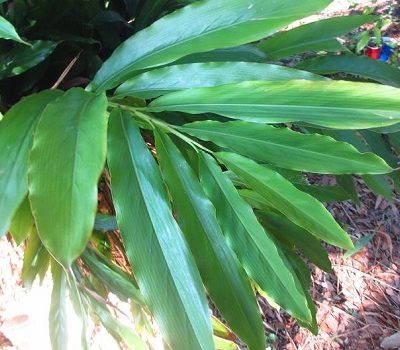
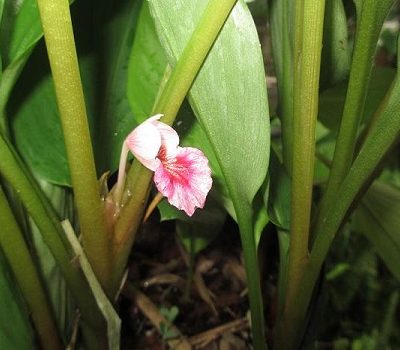
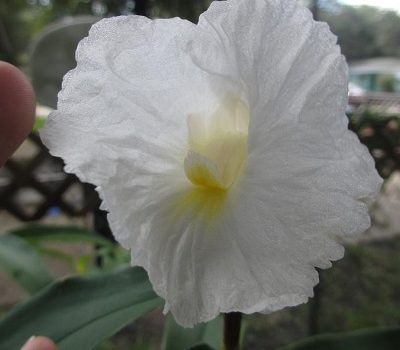
I live in Florida and have these in my garden. I did not know what they were until this year. They started to bloom after a few years. Then they seemed to be crowded so I divided them 2 winters ago. Now they are not blooming again. Is this common? How long will it be before they bloom again? How do I know when to divide them?
To get them to bloom more, feed more phosphorus toward teh end of Summer.
I purchased my ginger from you about 4 years ago. First year i had one flower and subsequent leaves. 2nd year same. 3rd year one flower, 2 leave spikes. This year one flower, 4 seperate leave areas. How can i get all the leaf areas to flower? Do i need to dig them up and divide them next winter? Im in punta gorda.
The inflorescences are independant of the leaves. This type of blooming is called a lateral inflorescence. To get more inflorescences in Spring feed with more phosphorus toward the end of the Summer.